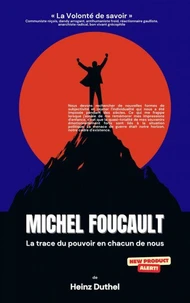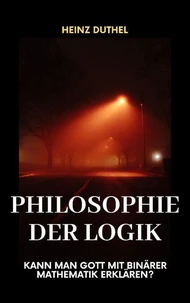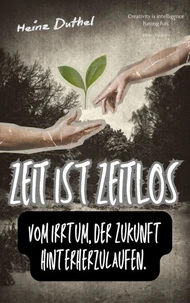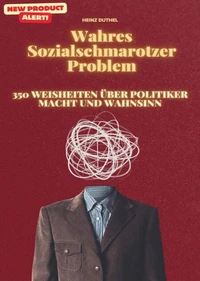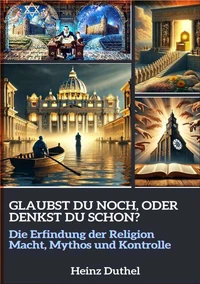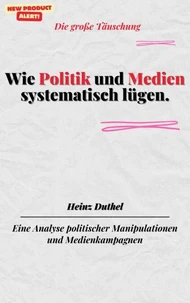Woman as Other.. She is a womb, an ovary; she is a female – this word is sufficient to define her.
Par :Formats :
Disponible dans votre compte client Decitre ou Furet du Nord dès validation de votre commande. Le format ePub est :
- Compatible avec une lecture sur My Vivlio (smartphone, tablette, ordinateur)
- Compatible avec une lecture sur liseuses Vivlio
- Pour les liseuses autres que Vivlio, vous devez utiliser le logiciel Adobe Digital Edition. Non compatible avec la lecture sur les liseuses Kindle, Remarkable et Sony
 , qui est-ce ?
, qui est-ce ?Notre partenaire de plateforme de lecture numérique où vous retrouverez l'ensemble de vos ebooks gratuitement
Pour en savoir plus sur nos ebooks, consultez notre aide en ligne ici
- Nombre de pages318
- FormatePub
- ISBN978-3-7427-4086-1
- EAN9783742740861
- Date de parution24/04/2018
- Protection num.Digital Watermarking
- Taille333 Ko
- Infos supplémentairesepub
- Éditeurneobooks
Résumé
FOR a long time I have hesitated to write a book on woman. The subject is irritating, especially to women; and it is not new. Enough ink has been spilled in quarrelling over feminism, and perhaps we should say no more about it. It is still talked about, however, for the voluminous nonsense uttered during the last century seems to have done little to illuminate the problem. After all, is there a problem? And if so, what is it? Are there women, really? Most assuredly the theory of the eternal feminine still has its adherents who will whisper in your ear: 'Even in Russia women still are women'; and other erudite persons - sometimes the very same - say with a sigh: 'Woman is losing her way, woman is lost.' One wonders if women still exist, if they will always exist, whether or not it is desirable that they should, what place they occupy in this world, what their place should be.
'What has become of women?' was asked recently in an ephemeral magazine.
'What has become of women?' was asked recently in an ephemeral magazine.
FOR a long time I have hesitated to write a book on woman. The subject is irritating, especially to women; and it is not new. Enough ink has been spilled in quarrelling over feminism, and perhaps we should say no more about it. It is still talked about, however, for the voluminous nonsense uttered during the last century seems to have done little to illuminate the problem. After all, is there a problem? And if so, what is it? Are there women, really? Most assuredly the theory of the eternal feminine still has its adherents who will whisper in your ear: 'Even in Russia women still are women'; and other erudite persons - sometimes the very same - say with a sigh: 'Woman is losing her way, woman is lost.' One wonders if women still exist, if they will always exist, whether or not it is desirable that they should, what place they occupy in this world, what their place should be.
'What has become of women?' was asked recently in an ephemeral magazine.
'What has become of women?' was asked recently in an ephemeral magazine.




